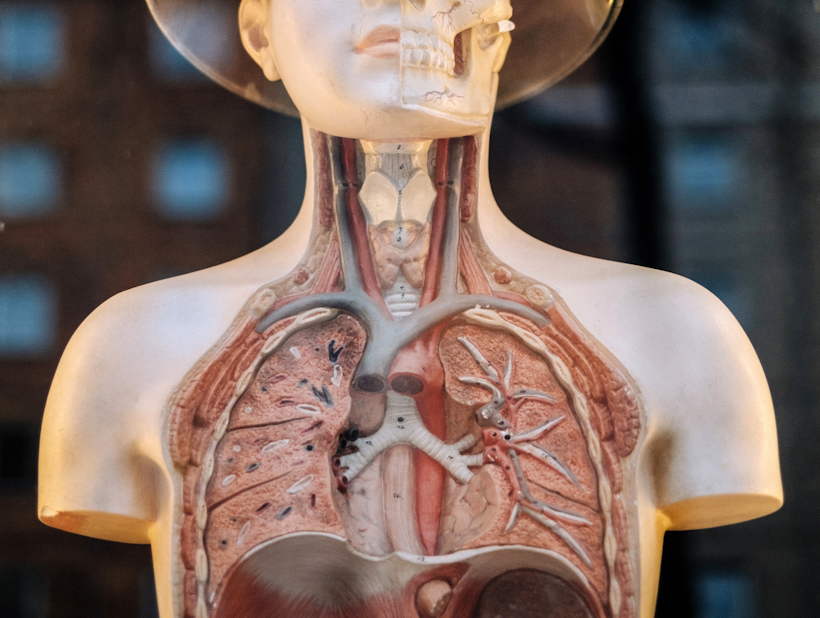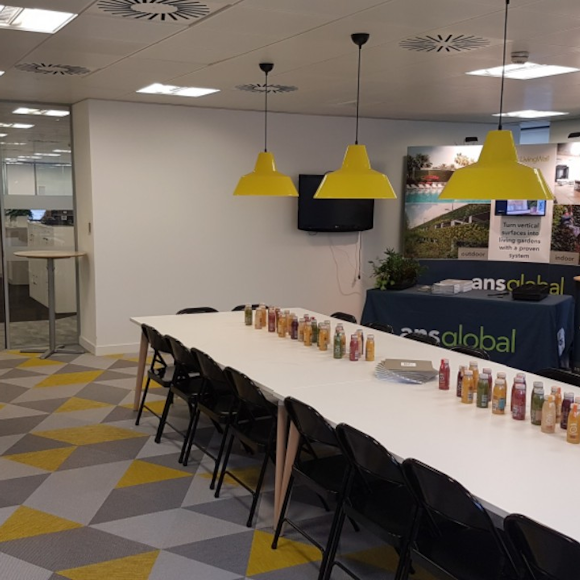With over 50% of the population dedicating themselves to making 2019 a healthier year, we feel confident in saying that your New Year’s resolution probably involved improving your health – be it mentally or physically – or achieving a more balanced life.
Maybe it involves getting fitter, eating better or meditating more, but have you considered the less obvious and tangible side of the quest to improving your health?
Every year on average, seven million people die prematurely due to the combination of outdoor and indoor air pollution. That is more than malaria and HIV/Aids combined. This silent killer is a massive health threat, having been linked to the development of heart disease and respiratory problems such as asthma and lung cancer.
Research shows that indoor air can be deadlier than outdoor air, especially in offices or large residential or retail spaces where the concentration of people and the increased footfall is significant. Exposure to polluted air can have permanent health effects in the long-run, for example decreased lung function and accelerated ageing of the lungs with cells in the respiratory system becoming damaged.

VOCs (Volatile Organic Compounds) are a large factor causing the degeneration in the quality of the air indoors. These are a group of carbon-based chemicals of which many can be found in the office environment, emitted mainly by the building materials, the office furnishings, ventilation systems and technology such as photocopiers, printers and computers.
Do you ever wonder why you get that mid-afternoon lull where caffeine no longer has any effect? As the day gets going, the ventilation and air conditioning systems get turned on, people move around, the use of photocopiers, printers and computers increases, and of course the microwave goes into overdrive around midday. All this activity means that the level of VOCs being emitted increases, so by mid-afternoon it has reached a peak. The increase in VOC pollution leads to a drop in oxygen levels causing us to feel sleepy and find it difficult to focus.
Going for a walk or a run may wake you up or help you move closer to achieving your goal of getting fitter for example, but improving the quality of the air that you breathe is what’s going to make the difference in the long-term.
Research shows that plants help purify the air through the process of photosynthesis. The plant leaves convert the carbon dioxide and pollutants in the atmosphere into oxygen whilst removing the toxins that we breathe from the air. Including plants in our workspaces and homes helps to clean the air and remove or neutralise the VOCs. Increasing or maintaining a steady level of oxygen allows us to stay alert and keep a clear head throughout the day.
Living walls are a great way to incorporate a lot of plants when you are tight on space (we all have that wasted wall), and when using the Viritopia Living Wall System we can work with you at the design stage to incorporate a plant palette which suits your needs, for example to create a living wall that acts as a sound barrier or filters the air. Even starting off with placing plants around the office will help – one step at a time!

Improving the air quality externally is also important, especially in the pollution hot-spots - the cities. Did you know that green walls and green roofs have been proved to reduce levels of nitrogen dioxide by 40%, and decrease particulate matter by 60%?
Not only does including plants in your interior design brighten up the space and hold physical health benefits, but the biophilic properties mean you can feel better mentally too. Whether we acknowledge it or not, as humans we are drawn to nature and it is our native instinct to gravitate towards places that incorporate natural elements. Doctors and other professionals regularly recommend stepping outside and spending time with nature to improve our moods and cognitive function, and so bettering our mental health. Although we can’t always just step outside to appreciate nature – especially when we live or work in the cities – indoor plants or vertical living gardens are a beautiful way to bring nature closer to home and allow us to still reap the benefits.
If your New Year’s resolution was to lead a healthier life-style in 2019, then let’s do it properly and really make a difference!
Feel free to get in touch and we can discuss the possibilities with your space, whether it is internal or external.


